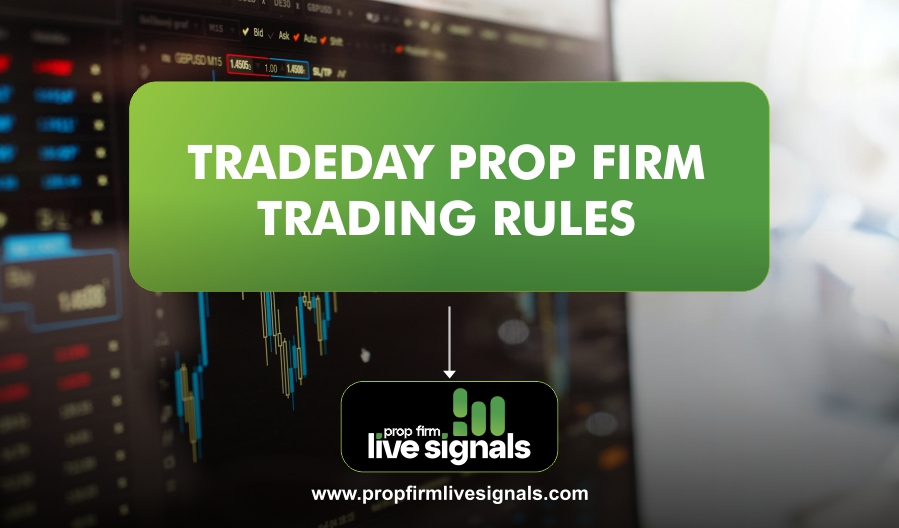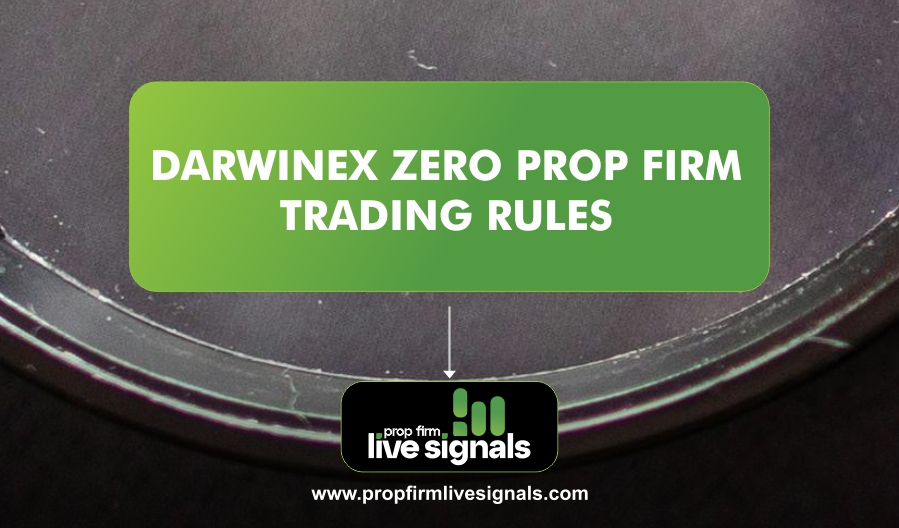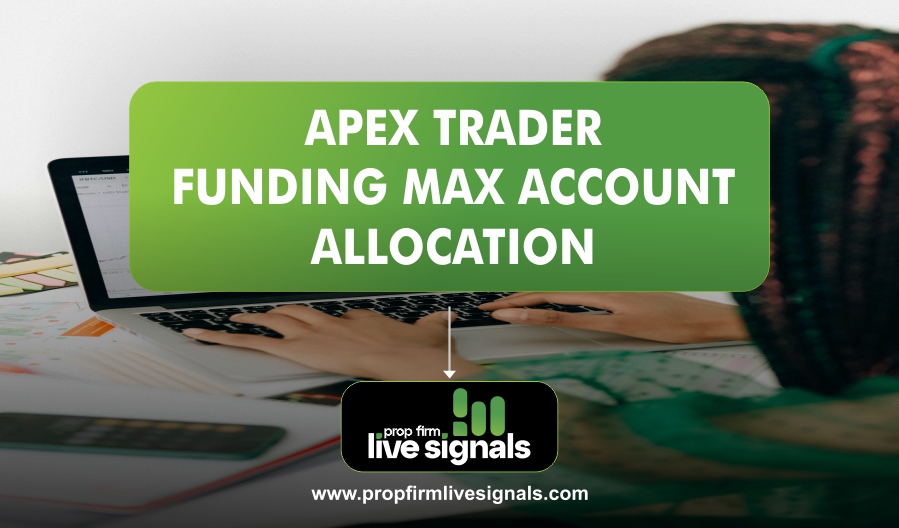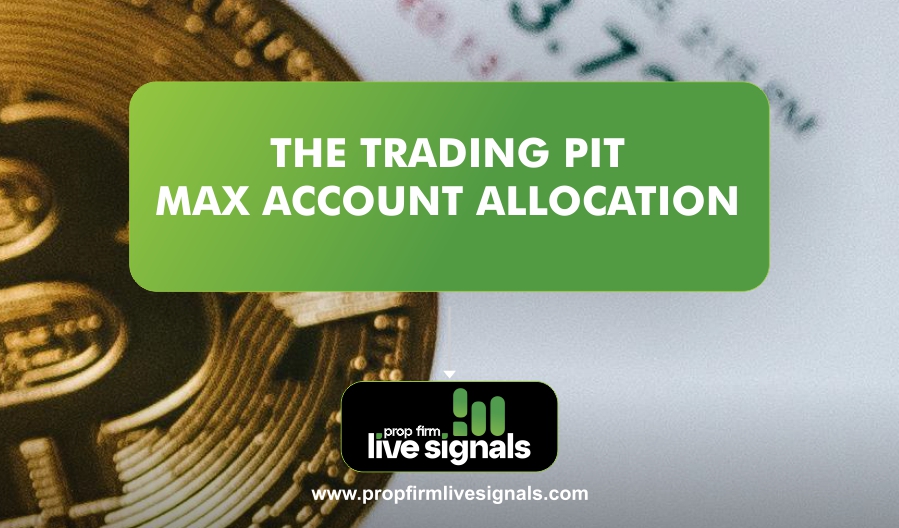What is a Prop Firm?
prop firm is a company that provides traders with access to capital, trading tools, and resources. Traders are then allowed to trade using the firm’s capital rather than their own. In return, the firm shares a portion of the profits earned by the traders. Prop firms have specific rules in place to ensure that traders act in the firm’s best interests while limiting risk.
Overview of TradeDay Prop Firm
TradeDay is one of the most renowned prop firms in the trading industry. It allows traders to access funding and offers a variety of account options with flexible terms. However, to succeed at TradeDay, you must fully understand and follow the firm’s trading rules. These rules ensure smooth trading operations and help traders avoid unnecessary risks while maximizing profit potential.
Key Trading Rules at TradeDay Prop Firm
Understanding the trading rules at TradeDay is essential for success. Below are the primary rules you need to be aware of.
1. Maximum Drawdown Limit
The drawdown limit stands as one of the most crucial rules in prop firm trading. It sets the maximum loss a trader can incur in their account before the firm steps in. At TradeDay, this limit is usually a percentage of the initial account balance. Exceeding the limit results in the termination of the trader’s account or a suspension of trading privileges.
2. Profit Split
TradeDay provides a profit-sharing structure for its traders. The more profit a trader generates, the more they can earn. Typically, the firm offers traders a percentage of the profits they make, and this percentage varies depending on the trader’s performance and the account type. Traders must meet certain performance benchmarks to qualify for higher profit splits.
3. Daily Loss Limits
Daily loss limits, like drawdown limits, protect traders from suffering excessive losses in a single day. Once a trader hits the daily loss limit, they must stop trading until the next day. This rule forces traders to trade carefully, discouraging impulsive decisions that could result in significant losses.
4. Trading Hours
TradeDay may impose specific trading hours during which traders can access their accounts and place trades. These hours typically align with major global markets. Understanding these hours is essential because trading outside these hours may lead to lower liquidity and higher volatility, resulting in more unpredictable market movements.
5. Evaluation Period
Most prop firms, including TradeDay, make traders complete an evaluation period before granting full funding. This evaluation lasts a set number of days or months and tests a trader’s ability to follow rules, manage risk, and trade profitably. Traders must meet specific performance criteria to qualify for a live account with real capital.
6. Risk Management Rules
TradeDay emphasizes the importance of risk management. This includes setting proper stop-loss orders, managing trade size, and avoiding overleveraging. The firm expects traders to keep their risk-to-reward ratio within reasonable limits. Failure to adhere to risk management rules could result in penalties or account termination.
7. Minimum Profit Targets
To keep traders focused and motivated, TradeDay sets minimum profit targets for their traders. Traders must reach a specific profit goal within a certain timeframe, or their account will be suspended. The goal of this rule is to ensure that traders remain consistent and disciplined in their trading strategies.
8. Account Funding and Withdrawal
After successfully passing the evaluation phase, traders are eligible for account funding. However, it’s important to understand that withdrawal requests are subject to certain conditions. For example, traders may only be allowed to withdraw a percentage of their profits after reaching specific thresholds. Understanding the withdrawal rules is crucial for proper financial planning.
Conclusion
Trading with a prop firm like TradeDay offers exciting opportunities for traders to access substantial capital without risking their own money. However, success in this venture requires a thorough understanding of the firm’s trading rules and strict adherence to its policies. By following the rules such as managing drawdowns, adhering to risk management guidelines, and consistently reaching profit targets, traders can set themselves up for success in the competitive world of proprietary trading.
Understanding and abiding by the rules is essential not only to maintain your trading account but also to maximize your chances of earning substantial profits. With the right approach, TradeDay Prop Firm can be a stepping stone for both beginner and experienced traders seeking financial growth through consistent, disciplined trading.
Frequently Asked Questions (FAQs)
What happens if I hit my drawdown limit?
If you reach your drawdown limit, your account will be put on hold, and you may lose access to your trading account. You will be required to either reapply for an evaluation or undergo further training to regain access to trading capital.
How do I qualify for a higher profit split?
To qualify for a higher profit split, you need to consistently meet the profit targets and risk management requirements set by TradeDay. Typically, after a successful evaluation period, traders can gradually increase their profit share.
Can I trade with my own strategy?
Yes! TradeDay allows traders to use their own strategies, provided they comply with the firm’s risk management rules and overall trading guidelines. The firm does not impose specific trading strategies but focuses on whether traders can manage risk and generate consistent profits.
How do I pass the evaluation phase?
To pass the evaluation phase, you need to demonstrate consistent profitability while staying within the drawdown limits and adhering to risk management rules. Each prop firm has its own evaluation criteria, so ensure you understand the specific requirements set by TradeDay before starting.
Are there any fees associated with starting an account?
Yes, TradeDay typically charges an evaluation fee to begin the evaluation process. However, the fee is often refunded or deducted from the first profits once you qualify for a funded account.
What happens if I exceed the daily loss limit?
If you exceed the daily loss limit, your account may be suspended for the rest of the day, and you may be restricted from placing further trades until the next trading session.




